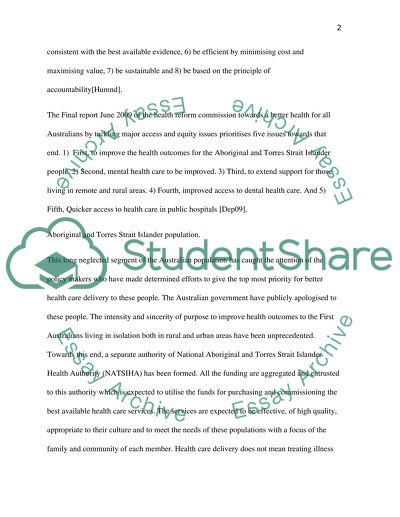Cite this document
(“The Australian Health care system is founded on the concept of equity Essay”, n.d.)
Retrieved from https://studentshare.org/environmental-studies/1417437-the-australian-health-care-system-is-founded-on
Retrieved from https://studentshare.org/environmental-studies/1417437-the-australian-health-care-system-is-founded-on
(The Australian Health Care System Is Founded on the Concept of Equity Essay)
https://studentshare.org/environmental-studies/1417437-the-australian-health-care-system-is-founded-on.
https://studentshare.org/environmental-studies/1417437-the-australian-health-care-system-is-founded-on.
“The Australian Health Care System Is Founded on the Concept of Equity Essay”, n.d. https://studentshare.org/environmental-studies/1417437-the-australian-health-care-system-is-founded-on.


